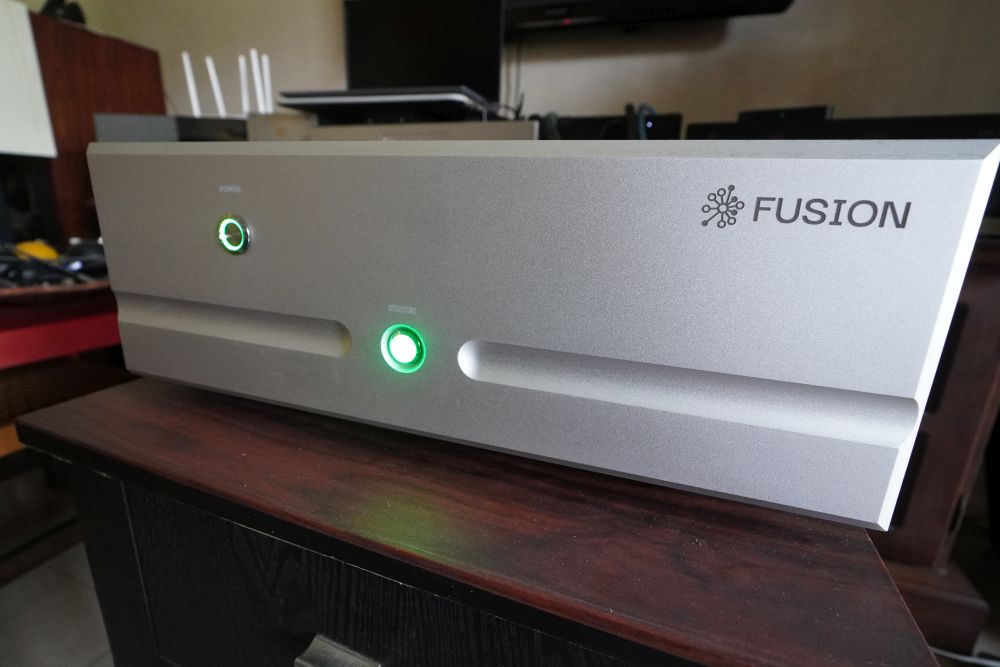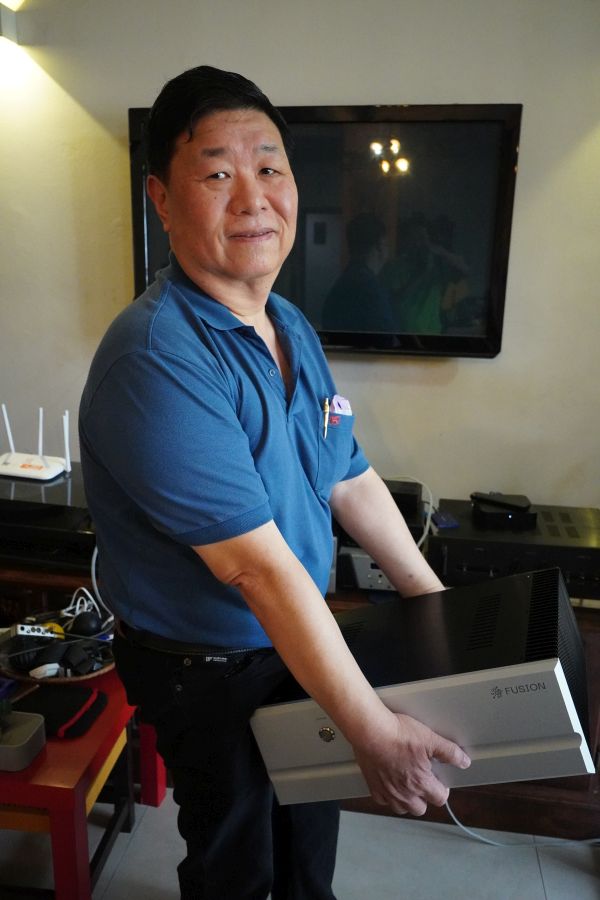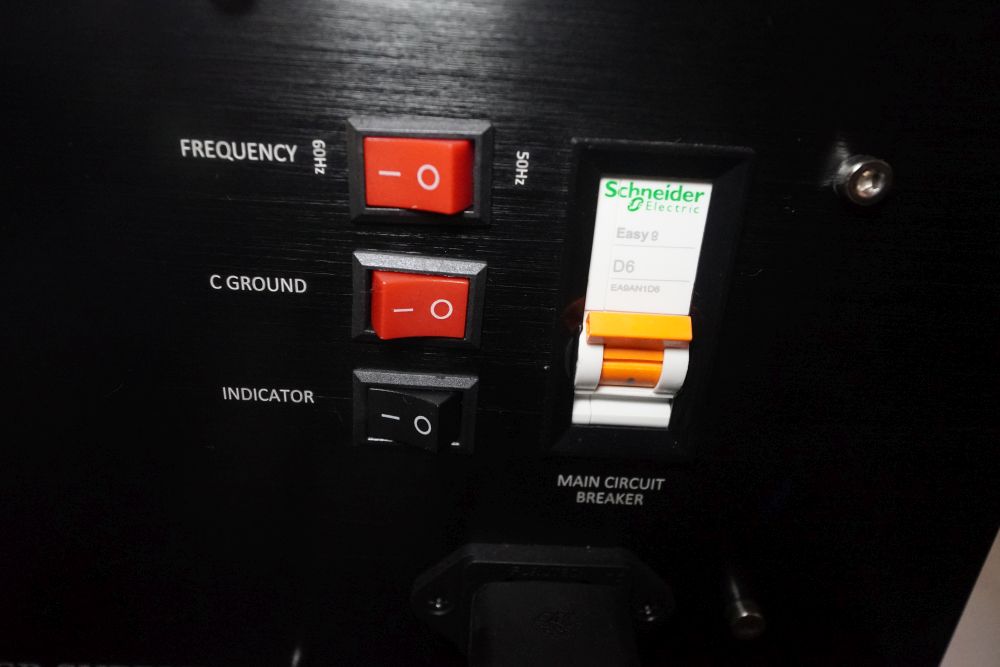
Before reviewing the Fusion power regeneration plant designed by Penangite Goh Kheng Liang (Chung Ling High School Old Boy), I had to do a bit of planning to come up with the best way to test its abilities.
I decided to use a laptop to play TIDAL, but run it on its battery power. This way the music source would be clean.
Then I unplugged everything from the MIT Z Strip power conditioner which I have been using since 2010. After that I plugged the Lamm LL2 Deluxe tube preamp, the FiiO K9 Pro ESS DAC and the Bryston 4B SST to a power strip connected to the mains.
I decided on a few songs to play to test the Fusion regen power plant — Yellow by Kina Grannis (featuring vocals and acoustic guitar), A Case Of You by K.D. Lang (featuring lots of piano) and I’ve Got A Crush On You by Diana Krall and Tony Bennett (male and female vocals).
The laptop was connected to the FiiO K9 Pro ESS DAC with a Shunyata Omega USB cable and an iFi iPurifier3. The interconnects from the FiiO to the Lamm preamp were Duelund with plastic-free plugs and the interconnects from the preamp to the Bryston were Mogami 2803 terminated with KLEI Absolute RCA plugs. Speaker cables to the ATC SCM50s were vintage Western Electric wires.
After familiarizing with the selected tracks, I then plugged the preamp and the DAC to the Fusion power regeneration plant. The Bryston power amp was plugged to the mains.

Then I decided to break the rules and disobey the sifu-designer Goh who had instructed me to plug only the sources such as the streamer, DAC, preamp, phono preamp, turntable power supply, etc, to his Fusion power regeneration plant. I have always been a bit of rebel and rules are meant to be broken anyway. So I plugged the power amp to the Fusion.
I did some calculations (actually Google’s AI did it). The Fusion outputs 500 watts in 230 Volts and it amounts to about 2.17 amps. I knew my system consumes very little current because I reviewed the Furutech Daytona many years ago (read https://hi-fi-avenue.blogspot.com/2010/06/daytona-better-clean-up-act.html) and it had an amperage meter. My system then comprised a Roksan CD player, the Lamm preamp, and the Bryston 4B SST and when powered on consumed only 0.7 amp. When music was played, it consumed 0.9 amp. With the volume turned up, it was 1 amp and on really loud passages, it hit 1.3 amps. So with the Fusion’s output of around 2.17 amps, I knew I had some current to spare.
How did it sound?
All plugged to the mains…There is some hardness in the sound especially on vocal peaks which can be grating. If you do not use the Fusion, you will probably not realize that the noise level is high and a lot of low-volume background details are missing. The bass is a bit loose.
Power amp plugged to the mains, preamp and DAC plugged to Fusion: Immediately you will notice that the noise floor is lower. Everything sounds cleaner, but there is still some hardness on vocal peaks. Dynamics and micro-dynamics improve and more low-volume details can be heard, Images are better defined.
All plugged to Fusion: The sound becomes pure and there is no more hardness anywhere in the music and clarity improves quite a bit. I noticed that I could hear differences in how hard the piano keys were pressed and how hard the guitar was strummed. The variations in loudness when one strum was louder than the next were very apparent. The bass guitar too showed variations in loudness depending on how hard the bassist plucked the strings. There was a noticeable increase in dynamic swings and crescendos were very thrilling and inflections of the singer/singers could be discerned easily. There ws a moment when I thought a K.D. Lang song had suffered a dropout when it suddenly became softer and then I realized she was just changing gear from a loud passage to a whisper. The sound quality was fabulous when everything was plugged to the Fusion power regeneration plant, but you will have to bear in mind that if you have power-guzzling 500 watter power amps or monoblocks it may be better to follow Goh’s advice and plug them to the mains, preferably with filters that do not restrict dynamics.

Updated on 15/4/2025:
After posting this review I realized that there is another method to try — plug the DAC and preamp to the Fusion and the power amp to the MIT Z Strip power conditioner which features passive, parallel filters and some Power Factor correction. This way resulted in a sound that was not as clean and quiet as when everything was plugged to the Fusion. But it was still enjoyable as the lower-volume details, microdynamics and dynamics were still apparent. The crescendos were just as exciting and the inflections of the vocals could still be heard. The sound quality of this method would depend on the quality of the power conditioner used for the power amp.
50Hz vs 60Hz: There is a switch at the back which offers output at 50Hz or 60Hz and it can be changed on the fly. With 60Hz, I noticed that the attack of musical notes had more ‘thrust’ and impact. Overall, dynamics picked up a bit, so I left it on at 60Hz.
The Fusion power regeneration plant works very well and does not run hot. It lowers the noise floor, unveils lots of low-volume details in the background, improves dynamics and microdynamics and removes irritating hardness from musical and vocal peaks. It is a killer component. Indeed one may call it a ‘silent killer’.
Oh yes, there is one more thing — tubes last longer when they are powered by a pure sine-wave power supply.
However, I have two things to complain about — the green light on the front panel is too bright and the sockets at the rear are too close together. It may be problematic to fit two large plugs one above the other.
Updated on 15/4/2025:
- Goh said the green light can be turned off by pressing the ‘Indicator’ switch on the rear panel.
- The space between the sockets cannot be widened because he uses Furutech Duplex receptacles. The size of the sockets is an industry standard and all US plugs can be plugged in even though it is a tight fit.

The Fusion RPS-500 Regenerative Power Supply is distributed by AFC Top Hi-Fi. It retails at RM18,999. Call Matthew Ong at 012-2876106 for more details.
